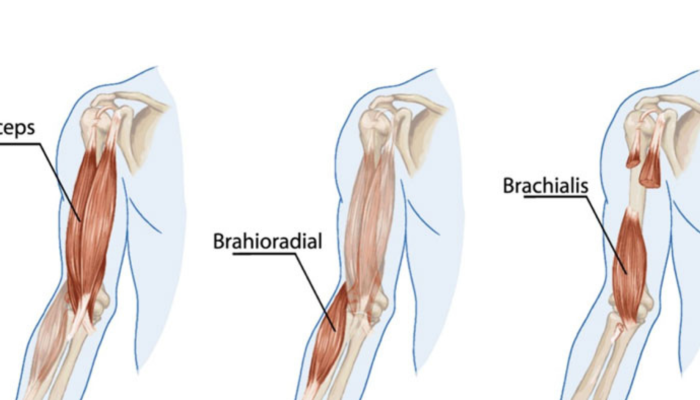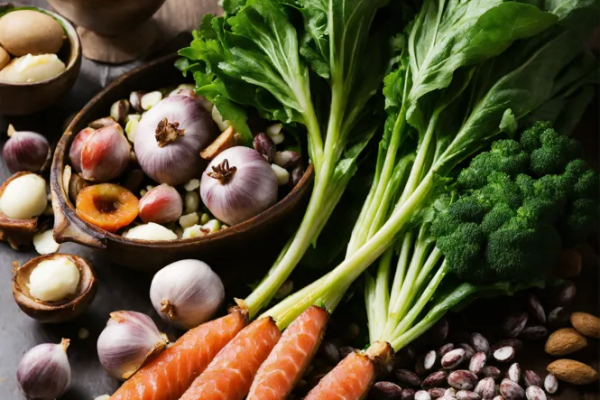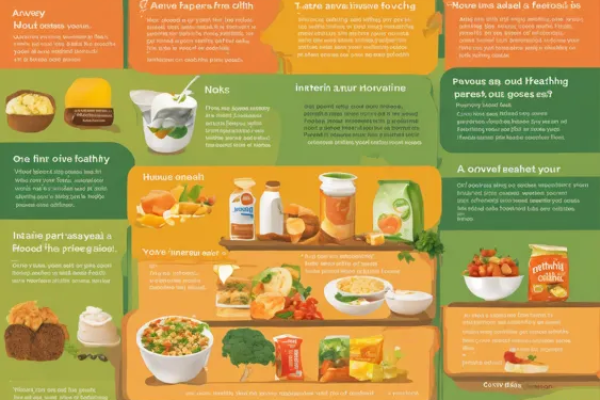
Eating healthy and nutritious meals is important for overall health and wellbeing. However, for many people, finding the time to plan out and prepare home-cooked meals can be challenging with their busy schedules. Implementing some simple meal planning strategies can make sticking to a healthy diet much more manageable.
Know Your Nutrition Goals
Before you start mapping out weekly menus, take some time to identify your health and nutrition priorities. Outlining some goals will help guide your meal plans and grocery lists. Consider factors like:
Target Nutrients
Are there certain vitamins or minerals you want to get more of? Key nutrients like calcium, iron, and potassium provide essential health benefits.
Special Dietary Needs
Do you follow a specific diet for medical reasons like diabetes or food allergies? Make sure to note foods to embrace or avoid.
Weight Management
Are you aiming to maintain your current weight or lose/gain pounds? Pay attention to portion sizes and calorie counts.
Time Commitment
How much time can you realistically devote to shopping and cooking each week? Simple 30-minute meals may better suit your busy lifestyle.
Once you outline your objectives, you can craft meal plans tailored to your individual nutritional needs and schedule.
Stock Up on Healthy Staples
Having some go-to healthy ingredients regularly on hand makes throwing together nutritious meals much quicker and easier. Some versatile staples to include in your pantry, fridge and freezer include:
Whole Grains
Brown rice, quinoa, oats, and whole-grain pasta provide important nutrients like fiber, protein, B vitamins, and trace minerals.
Lean Proteins
Skinless poultry, fish, eggs, beans, lentils, tofu, and tempeh supply sustaining protein and amino acids.
Dairy/Nondairy
Greek yogurt, milk, cheese, fortified plant-based milks, and calcium-set tofu help meet calcium needs.
Produce
A variety of fresh or frozen fruits/veggies add vitamins, minerals, fiber and plant compounds like antioxidants.
Herbs/Spices
Onion, garlic, basil, oregano, pepper and lemon juice pack dishes with extra flavor and nutrition.
Having a diverse mix of staple ingredients on hand makes crafting quick, nourishing meals throughout the week much simpler.
Get Inspired with Healthy Recipes
Brainstorming meal ideas from scratch every week can get tedious and time consuming. Browse through some healthy cookbooks or food blogs to find recipes that appeal to your tastebuds.
When selecting recipes, consider factors like:
Nutritional Profile
Pay attention to calories, carbs, protein, fiber, vitamins and minerals.
Ingredients on Hand
Opt for recipes using staple ingredients you typically keep stocked.
Dietary Needs
Focus on options that fit with any dietary restrictions or preferences.
Cooking Time
Include some quick 30-minute meals along with more time-intensive dishes.
Earmark recipes you’re excited to try so they’re handy when you sit down to map out meal plans. Apps like Paprika and Yummly make it easy to bookmark recipes digitally from around the web.
Map Out Weekly Menus
Once you have some recipes queued up, it’s time to start planning out actual meals. Dedicating time for meal prep planning prevents last-minute scrambling at the grocery store or drive thru window.
When mapping out your weekly menu:
Vary Nutrients
Aim for a mix of protein, fruits/veggies, whole grains, and healthy fats at meals.
Balance Nutrition and Enjoyment
Incorporate nutritious picks along with some comfort foods and cravings.
Consider Convenience
Include a few quicker one-pot and sheet pan meals that require minimal prep time.
Prepare Leftovers
Cook once, eat twice by prepping recipes with leftovers to enjoy another day.
Also, leave some flexibility in your plans. Having a few leftover staple ingredients on hand gives you options for throwing together simple nutritious bowls or salads if needed.
Apps like Mealime, PlateJoy or eMeals provide templates for mapping out weekly meal plans customized to your dietary needs and preferences. Or you can create your own menu in a notebook, doc or spreadsheet.
Organize Tasks and Grocery Lists
Once weekly menus are set, determine what ingredients and pre-preparation are needed. Making a plan of action helps stay on top of grocery lists and prep work.
Inventory Staples
Take stock of what nutritious ingredients you already have available before making detailed grocery lists.
Map Out Prep Work
Note tasks like soaking beans, pre-cutting veggies, or marinating proteins to help streamline cooking days.
Organize Shopping Lists
Compile a comprehensive grocery list organized by categories like produce, proteins, snacks, etc.
Batch Prep
Designate time to do batch wash/chop/cook tasks for components used across multiple recipes.
Staying on top of ingredients and prep work needed helps minimize last-minute shortages or flames while cooking. Apps like AnyList or Paprika 3 offer handy ways to organize shopping lists, inventories and recipe instructions digitally in one spot.
Learn Skills to Streamline Cooking
Efficient cooking is a skill that develops over time through tips, tricks and practice in the kitchen. Enhancing your meal prep abilities helps you whip up nourishing food faster. Useful strategies include:
Master Batch Cooking
One day a week, prep staple ingredients like grains, beans or proteins for quick weekday meals.
Make-Ahead Meals
Designate slow cooker or freezer meals that simply need reheating for healthy convenient dinners.
Stock Your Tool Kit
Equip your kitchen with handy appliances like air fryers, rice cookers and high-speed blenders.
Learn Time-Saving Chopping
Implement proper knife skills and techniques like mirepoix chopping.
Know Heat Management
Learn ideal temperature, flame intensity and pan choices for various cooking tasks.
Embrace Organization
Keep utensils, pots and prep tools conveniently accessible to grab when needed.
Sharpening your cooking skills helps you work more efficiently so you spend less time scrambling in the kitchen.
The key to healthy eating is consistent balanced nutrition fueled by nourishing whole foods. But meal planning does take effort. By stocking smart staples, mapping out menus, organizing grocery lists and streamlining cooking, you’ll set yourself up for healthy meal planning success.




